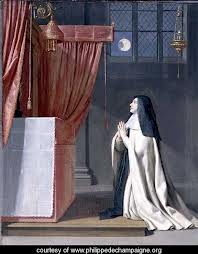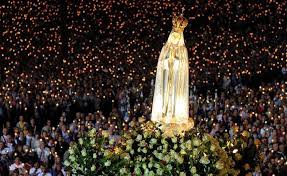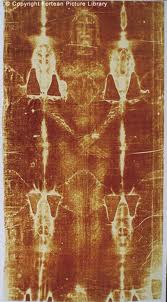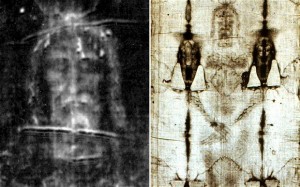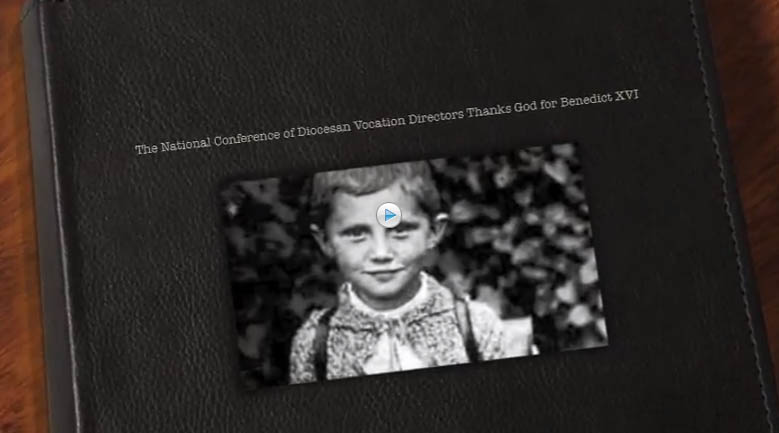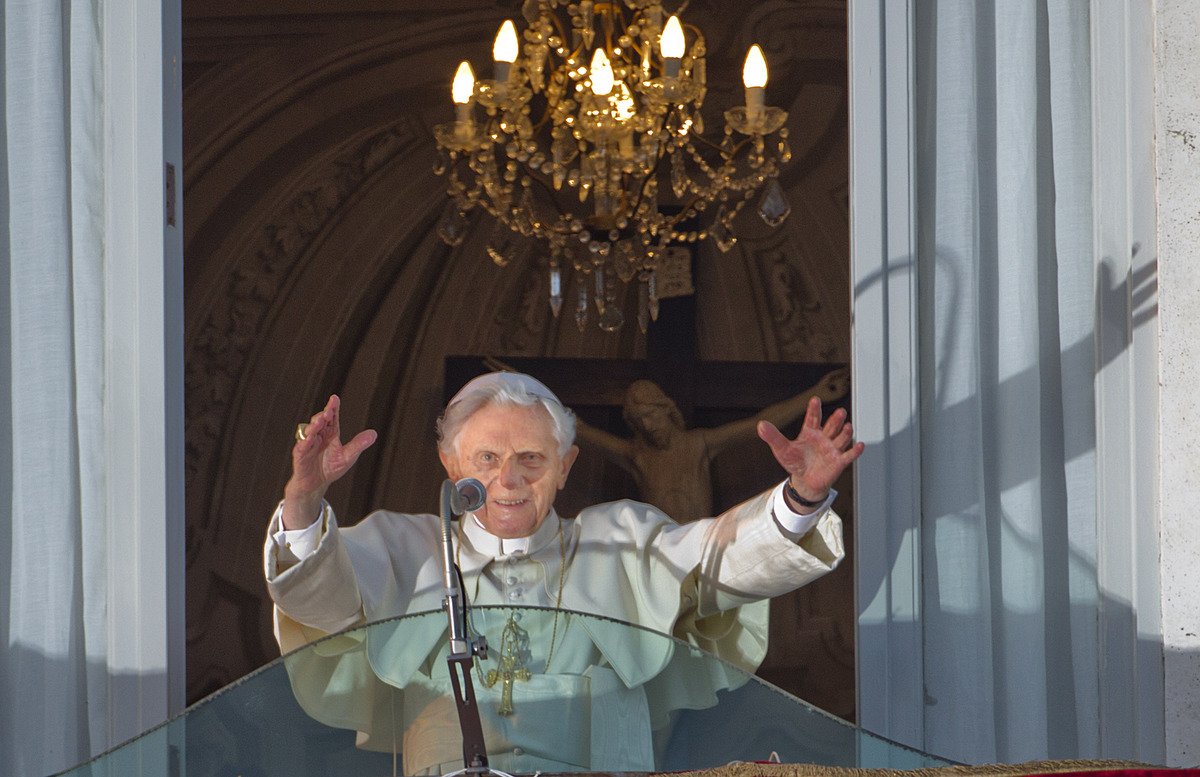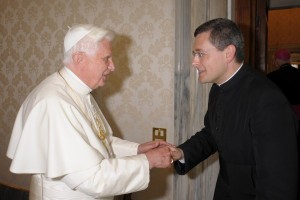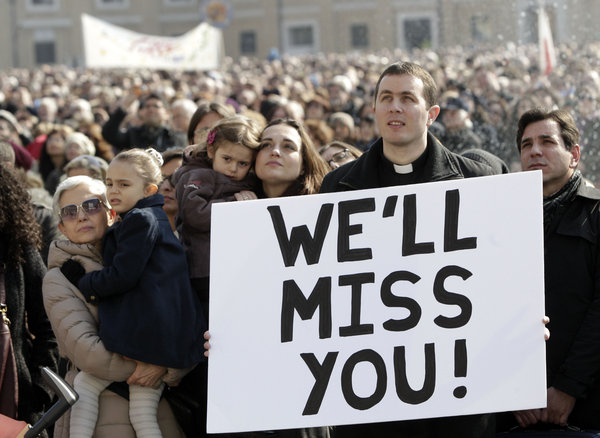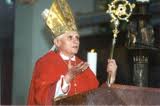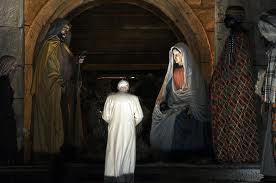 I wonder how many mother and son feast days there are in the Church calendar besides the obvious ones involving Jesus and His Mother? Elizabeth and John the Baptist? St. Basil and his mother, St. Emilia?
I wonder how many mother and son feast days there are in the Church calendar besides the obvious ones involving Jesus and His Mother? Elizabeth and John the Baptist? St. Basil and his mother, St. Emilia?
St. Monica and St. Augustine are remembered, side by side, mother and son, on today’s and yesterday’s calendar.
Monica died in 387 and was buried in the city of Ostia, which was the port city of Rome. The city was covered by the sands of time but can be visited today and is found in a remarkable state of preservation. Monica’s relics were brought to Rome in 1430 and placed in the Basilica bearing her son’s name. In 1945, some young boys digging a hole in Ostia found a fragment of her funerary epitaph which had been written on stone.
In his writings, particularly in his Confessions, Augustine pays great tribute to his Mother whose tears and prayers brought Augustine to the baptismal font in Milan where St. Ambrose welcomed him into the Church. Strangely enough, Augustine is not buried in Rome but rather in Pavia, Italy, though he died in North Africa where he was bishop of Hippo.
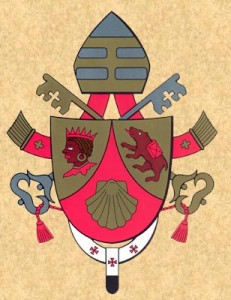 Pope Benedict XVI was greatly influenced by Augustine’s theology. We might even say Monica as well for Benedict was appointed Cardinal-bishop of the Augustinian Church of Sant’ Aurea at Ostia where Monica’s remains were originally interred. The Holy Father also chose to have a shell on his Papal arms which harkens back to a legend about Augustine. It seems Augustine came across a young boy using a shell to pour sea water into a hole in the sand. When asked what he was doing the boy replied, “I am putting the ocean into this hole!” When Augustine said that this was impossible the boy responded: so too it is impossible for Augustine to explain the mystery of the Holy Trinity.
Pope Benedict XVI was greatly influenced by Augustine’s theology. We might even say Monica as well for Benedict was appointed Cardinal-bishop of the Augustinian Church of Sant’ Aurea at Ostia where Monica’s remains were originally interred. The Holy Father also chose to have a shell on his Papal arms which harkens back to a legend about Augustine. It seems Augustine came across a young boy using a shell to pour sea water into a hole in the sand. When asked what he was doing the boy replied, “I am putting the ocean into this hole!” When Augustine said that this was impossible the boy responded: so too it is impossible for Augustine to explain the mystery of the Holy Trinity.
When we despair and lose heart over a loved one’s distance from the Faith, it is good to remember the words spoken by a bishop to Monica, who wept over the dissolute lifestyle of her son:
“It is not possible that the son of so many tears should perish.”
